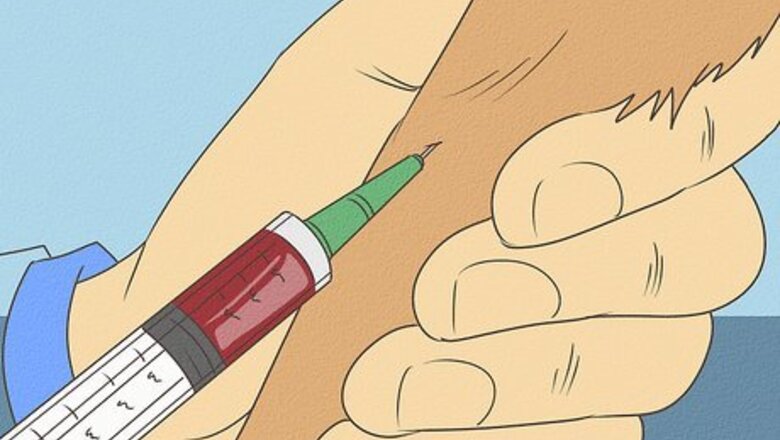
views
X
Research source
If your dog is throwing up bile, your dog will need veterinary treatment and a potential change in eating habits.
Seeking Veterinary Treatment
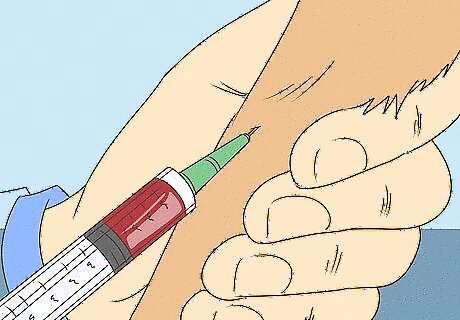
Have your vet diagnose the cause of bile in the vomit. In general, a dog throws up bile when its stomach is empty or upper small intestine is irritated. Specific health conditions can make throwing up bile more likely in your dog. After performing a physical exam and getting a thorough history of the problem from you, your vet will run several diagnostic tests, including blood work, a fecal sample, and imaging tests (for example, x-rays and abdominal ultrasound). Health conditions causing bile in the vomit include: Gastric motility disorder (abnormal movement of food through the stomach) Giardiasis (Giardia parasite infection) Pancreatitis (inflammation of the pancreas) Obstruction in the small intestine
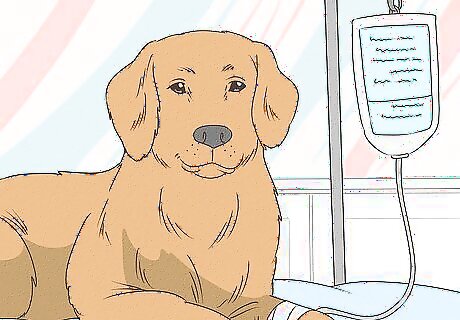
Hospitalize your dog, if necessary. After your vet determines why your dog is throwing up bile, treatment can begin. If your dog has been vomiting frequently, your vet may want to hospitalize and fast your dog (withhold food and water) for about 24 hours. Hospitalization would allow your vet to monitor your dog closely, administer fluids and electrolyte therapy, and slowly reintroduce bland food after your dog stops vomiting. Electrolytes (sodium, potassium, water) are important for your dog’s overall health. If your dog has been vomiting constantly, it may be dehydrated and have really low electrolyte levels. If your dog does not need to be hospitalized for the fast, carefully follow your vet’s instructions for the fast and reintroduction of food. Hospitalization would increase the cost of treatment.
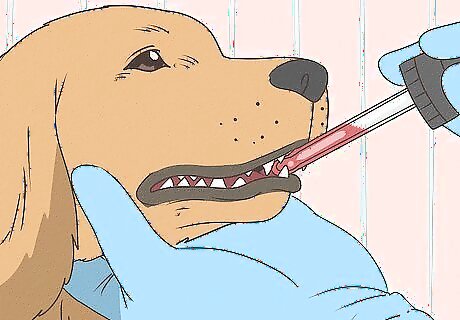
Administer medications as prescribed. Depending on the cause of bile in the vomit, medication may help treat the problem. For example, if your dog has a Giardia infection, your vet will prescribe a medication to kill the parasite. For a gastric motility disorder, medications are available that will help move food through the stomach at a normal rate. Follow your vet's instructions for giving the medication. Some dogs that throw up bile may also have stomachs that secrete too much stomach acid. This acid can irritate the stomach lining and cause vomiting. Your vet may prescribe a medication to reduce stomach acid secretion.
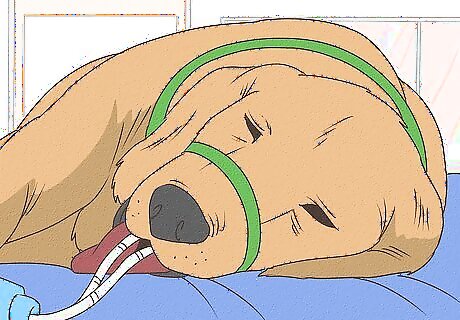
Allow your vet to remove an obstruction. If your vet identified an obstruction, they will need to remove it. If the obstruction is small enough, your vet could thread an endoscope (thin tube with a camera at the end) down your dog’s throat to remove the obstruction. For a large obstruction, your vet would need to perform surgery. An endoscope can reach into the upper part of the small intestine. With an endoscope, your vet would gently nudge the obstruction free so that it could pass normally through the digestive tract.
Making Dietary Changes
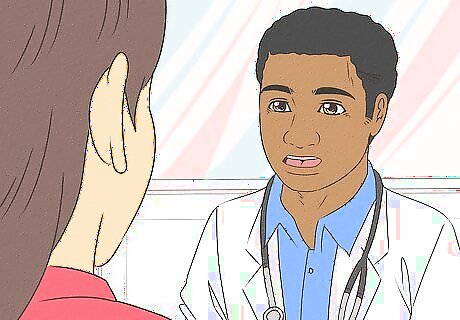
Discuss dietary changes with your vet. Dietary changes may be the ideal treatment for your dog’s vomiting problem. Before making any changes to your dog’s diet, talk with your vet first. They can give you recommendations on what adjustments to make, such as type of food and feeding schedule. Do not make more than one adjustment at a time. For example, if you change the type of food, do not change your dog’s feeding schedule at the same time.
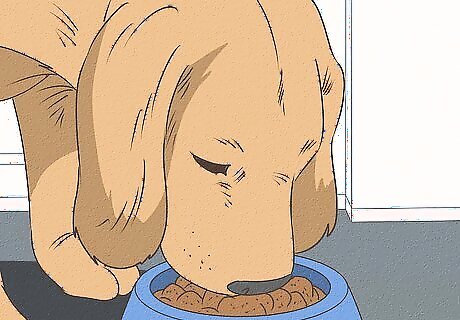
Feed multiple small meals during the day. Most dog owners feed their dogs twice a day—once in the morning and once at night. Since a dog’s stomach empties about every two hours, your dog could have an empty stomach for most of the day and possibly throw up bile. Feeding your dog several small meals during the day would keep its stomach from emptying out completely, reducing the chance of bile-induced vomiting. Talk to your vet about leaving food out for your dog during the day while you’re not home. This strategy may work if your dog can graze on its food all day, rather than eating it all at once.
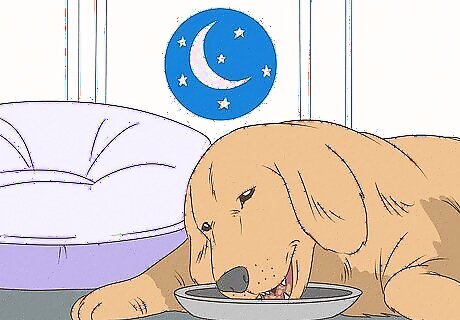
Feed a late night meal. A dog’s stomach is typically empty first thing in the morning. If your dog throws up bile in the morning, it could have a condition called bilious vomiting syndrome. A simple, effective treatment for this condition is a late night meal before your dog’s bedtime. If you feed a late night meal, feeding multiple small meals during the day may not be necessary. Talk to you vet about how often you should feed your dog. A dog with bilious vomiting syndrome usually has no other common symptoms of vomiting, such as loss of appetite and weight loss.




















Comments
0 comment